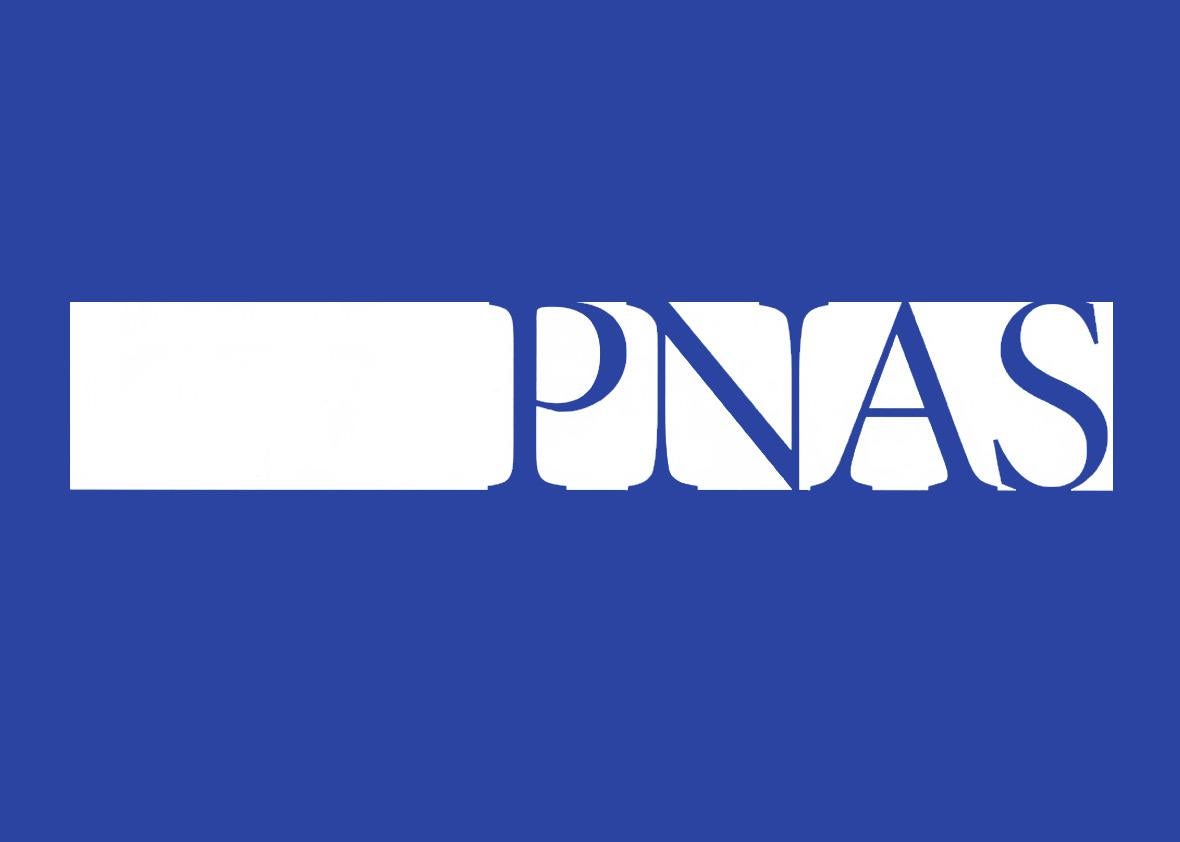 “Chronic stress is depressogenic by altering neurotrophic and neuroinflammatory environments of the organism. The endocannabinoid system controls cognitive and emotional responses related with stress through the interaction with endocannabinoid receptors. β-Caryophyllene (BCP) is a CB2 agonist that exhibited anti-inflammatory, analgesic effects but minimal psychoactive effects. To test if BCP exhibits antidepressant-like action, animals were chronically restrained with additional stressors for 28 days, and BCP (25, 50, 100 mg/kg) was intraperitoneally injected once a day during the stress inflicting period. Then despair related behaviors and hippocampal expression of neurotrophic, inflammatory and cannabinoid receptor levels were measured. To test the effect of BCP on long-term depression, field potentials were measured during the application of lipopolysaccharide and low frequency stimulation. In the tail suspension test and forced swim test, chronic stress-induced despair behaviors were reduced by BCP. Also BCP improved the stress-related changes in the hippocampal expression of COX-2, BDNF, and CB2 receptor expression. In organotypic hippocampal slices, BCP reduced the lipopolysaccharide-induced intensification of the long-term depression. In conclusion, BCP improved chronic stress related behavioral and biochemical changes. These results suggest that BCP may be effective in treating depression and stress related mental illnesses.”
“Chronic stress is depressogenic by altering neurotrophic and neuroinflammatory environments of the organism. The endocannabinoid system controls cognitive and emotional responses related with stress through the interaction with endocannabinoid receptors. β-Caryophyllene (BCP) is a CB2 agonist that exhibited anti-inflammatory, analgesic effects but minimal psychoactive effects. To test if BCP exhibits antidepressant-like action, animals were chronically restrained with additional stressors for 28 days, and BCP (25, 50, 100 mg/kg) was intraperitoneally injected once a day during the stress inflicting period. Then despair related behaviors and hippocampal expression of neurotrophic, inflammatory and cannabinoid receptor levels were measured. To test the effect of BCP on long-term depression, field potentials were measured during the application of lipopolysaccharide and low frequency stimulation. In the tail suspension test and forced swim test, chronic stress-induced despair behaviors were reduced by BCP. Also BCP improved the stress-related changes in the hippocampal expression of COX-2, BDNF, and CB2 receptor expression. In organotypic hippocampal slices, BCP reduced the lipopolysaccharide-induced intensification of the long-term depression. In conclusion, BCP improved chronic stress related behavioral and biochemical changes. These results suggest that BCP may be effective in treating depression and stress related mental illnesses.”
https://www.ncbi.nlm.nih.gov/pubmed/31862467
https://linkinghub.elsevier.com/retrieve/pii/S0166432819313348
“β-caryophyllene (BCP) is a common constitute of the essential oils of numerous spice, food plants and major component in Cannabis.” http://www.ncbi.nlm.nih.gov/pubmed/23138934
“Beta-caryophyllene is a dietary cannabinoid.” https://www.ncbi.nlm.nih.gov/pubmed/18574142

 “While recent research has shown that
“While recent research has shown that 
 “Even a brief exposure to severe stress strengthens synaptic connectivity days later in the amygdala, a brain area implicated in the affective symptoms of stress-related psychiatric disorders. However, little is known about the synaptic signaling mechanisms during stress that eventually culminate in its delayed impact on the amygdala. Hence, we investigated early stress-induced changes in amygdalar synaptic signaling in order to prevent its delayed effects.
“Even a brief exposure to severe stress strengthens synaptic connectivity days later in the amygdala, a brain area implicated in the affective symptoms of stress-related psychiatric disorders. However, little is known about the synaptic signaling mechanisms during stress that eventually culminate in its delayed impact on the amygdala. Hence, we investigated early stress-induced changes in amygdalar synaptic signaling in order to prevent its delayed effects. “Dystonia is a movement disorder characterized by sustained or intermittent muscle contractions causing abnormal movements and postures. Besides motor manifestations, patients with dystonia also display non-motor signs and symptoms including psychiatric and sensory disturbances.
“Dystonia is a movement disorder characterized by sustained or intermittent muscle contractions causing abnormal movements and postures. Besides motor manifestations, patients with dystonia also display non-motor signs and symptoms including psychiatric and sensory disturbances. “Glioma-related epilepsy significantly impact on patients’ quality of life, and can often be difficult to treat. Seizures cause significant morbidity for example neurocognitive deterioration, which may result from seizures themselves or due to adverse effects from antiepileptic drugs. Management of tumour with surgery, radiotherapy and chemotherapy may contribute to seizure control, but tumour related epilepsy is often refractory despite adequate treatment with standard anti-epileptic medications. Given the increasing interest in medicinal cannabis (or
“Glioma-related epilepsy significantly impact on patients’ quality of life, and can often be difficult to treat. Seizures cause significant morbidity for example neurocognitive deterioration, which may result from seizures themselves or due to adverse effects from antiepileptic drugs. Management of tumour with surgery, radiotherapy and chemotherapy may contribute to seizure control, but tumour related epilepsy is often refractory despite adequate treatment with standard anti-epileptic medications. Given the increasing interest in medicinal cannabis (or  “Beta-caryophyllene is an odoriferous bicyclic sesquiterpene found in various herbs and spices.
“Beta-caryophyllene is an odoriferous bicyclic sesquiterpene found in various herbs and spices. “Cannabidiolic acid methyl ester (HU-580) is a more stable compound than cannabidiolic acid (CBDA) which has been shown to be effective in reducing nausea, anxiety, depression behaviors in animal models.
“Cannabidiolic acid methyl ester (HU-580) is a more stable compound than cannabidiolic acid (CBDA) which has been shown to be effective in reducing nausea, anxiety, depression behaviors in animal models. “This review focuses on the possible roles of phytocannabinoids, synthetic cannabinoids, endocannabinoids, and “transient receptor potential cation channel, subfamily V, member 1” (TRPV1) channel blockers in epilepsy treatment.
“This review focuses on the possible roles of phytocannabinoids, synthetic cannabinoids, endocannabinoids, and “transient receptor potential cation channel, subfamily V, member 1” (TRPV1) channel blockers in epilepsy treatment. “Heroin (diamorphine) is a highly addictive opioid drug synthesized from morphine. The use of heroin and incidence of heroin associated overdose death has increased sharply in the US.
“Heroin (diamorphine) is a highly addictive opioid drug synthesized from morphine. The use of heroin and incidence of heroin associated overdose death has increased sharply in the US.